ABRAÇO
(EMBRACE)
Timor Leste's survival is an example
for all nations
It started during
the descent...
February, 2013.
The plane arcs across the Timor sea, on the final approach to Dili.
After two decades of work covering the news in conflict zones across Asia and the Pacific islands, photojournalist Ben Bohane thought he was past all that. But on seeing the dusty foothills of Dili again, the shakes set in. Memories of the devastation, the bodies, the burnt, rotting remains caught him at unawares, and threatened to overwhelm him.
Back in 1999, Bohane had been among the first foreign journalists to enter post-occupation Timor Leste. Writing in Asiaweek, Bohane called Dili 'a city with its belly cut open and smoldering with fire':
Government buildings were still blazing, papers flew everywhere like clouds of confetti, and there were bodies. Sander Thoenes, a Dutch journalist, was killed and mutilated, pro-Indonesian militias were still creeping about and INTERFET was yet to secure the city, let alone the country.... [Dili] was deserted at first, the Timorese still scared and in hiding, but slowly they began trickling back into the city to reclaim homes and lives. For many, there wasn't much to come home to.
This was his first time back in Timor since then. And now, it was all coming back. 'Normally, I'd just roll with it,' said Bohane. 'But I guess there was something about the devastation there that just wasn't like the other war zones I'd been in.' It took a stiff whisky and a cigarette (Bohane doesn't smoke) to bring a bit of calm.
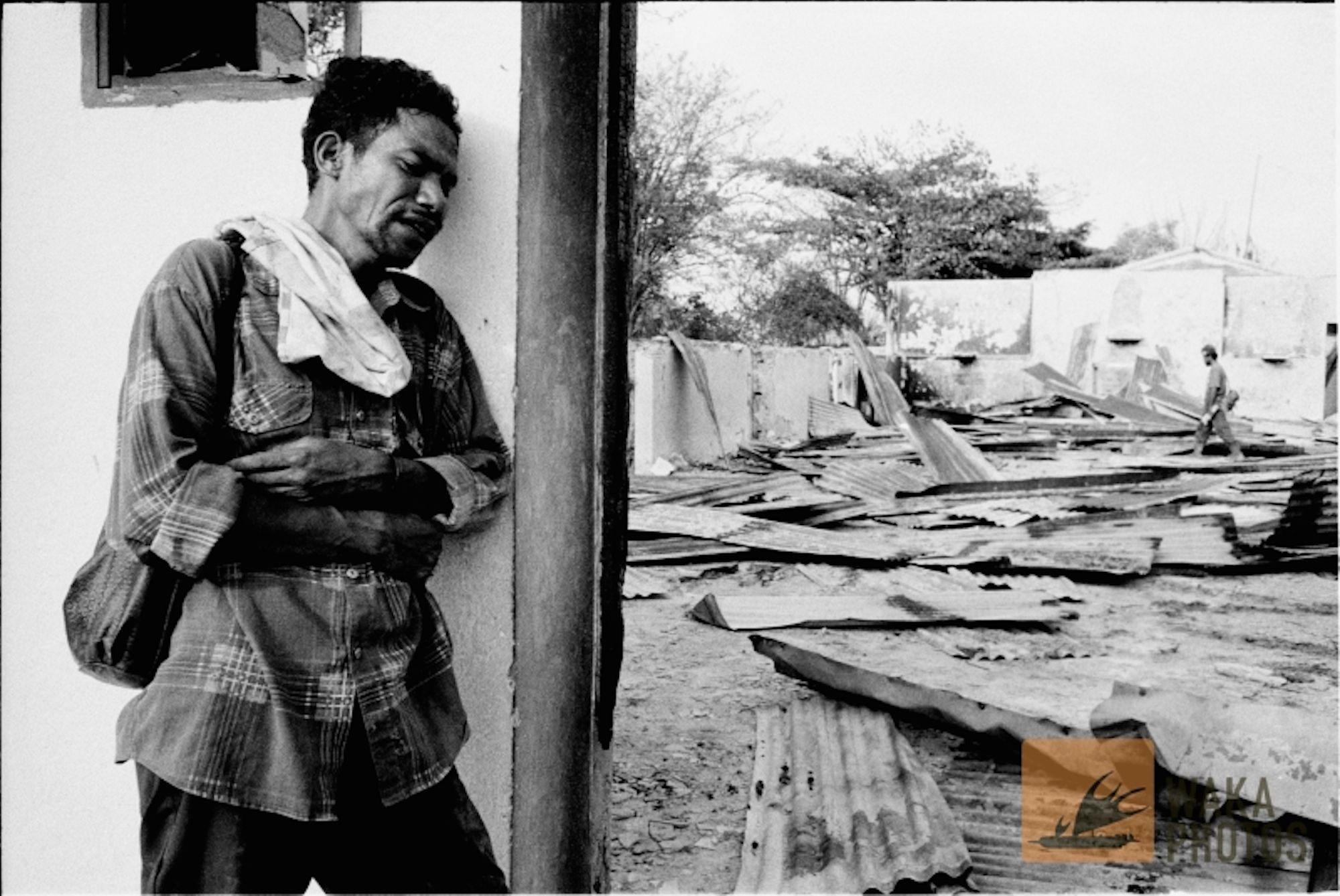 In '99, Bohane raced the UN troops across the island nation, and reached Suai, near the Indonesian border, two weeks
after the massacre that resulted in hundreds of deaths. The scene was heart-rending, even for battle-hardened
resistance fighters, otherwise inured to sorrow from decades of hardship and misery under Indonesian rule.
In '99, Bohane raced the UN troops across the island nation, and reached Suai, near the Indonesian border, two weeks
after the massacre that resulted in hundreds of deaths. The scene was heart-rending, even for battle-hardened
resistance fighters, otherwise inured to sorrow from decades of hardship and misery under Indonesian rule.
Before INTERFET troops had entered the southwestern town of Suai, Falantil men armed with machetes and crude spears accompanied me to the half built Catholic Cathedral — a haunting end to a gruesome tour of newly liberated East Timor. Inside were body parts and evidence of scalping. The roofless, concrete structure had bloodstains all over the walls and ripped women's dresses lay on the ground. The unfinished Cathedral façade with roughly cut window spaces looking like abject eyes, gave the appearance of a ghoulish face staring down into an abyss. An inferno has visited here among the wet, undressed concrete.
It was here in Suai that the single biggest massacre occurred: three priests, two nuns and up to 200 villagers sheltering in the church. Most were hacked to death with machetes.
I watch the Falantil men, hardy fighters who have spent much of their life in the bush, now returning home and completely overcome. One by one they drop to their knees, wailing in unrestrained anguish at the nightmare scene before us. I get a few frames and then put the cameras down to embrace them - and then we are all overcome.
Abraço becomes the one word I will always take away from Timor...
 Timor Leste spent the better part of the next decade lurching from one crisis
to another. The FRETILIN government of Mari Alkatiri had perhaps provided revolutionary vision,
but it had not grappled with the internal stresses still threatening the body politic, nor had it managed to
move any of the basic development indicators. Poverty increased. Infant mortality rose alarmingly.
Timor Leste spent the better part of the next decade lurching from one crisis
to another. The FRETILIN government of Mari Alkatiri had perhaps provided revolutionary vision,
but it had not grappled with the internal stresses still threatening the body politic, nor had it managed to
move any of the basic development indicators. Poverty increased. Infant mortality rose alarmingly.
2007 and 2008 saw renewed unrest, with over 100,000 people homeless and living in UN camps. The police and military had been at each other's throat, and the ensuing violence nearly took the president's life.
By 2009, an uneasy peace had been restored. But tens of thousands were still internally displaced.
The young faced an uncertain future
and they knew it
Following a visit in late 2008, I wrote the following:
The country's problems are manifold. The flower of a generation, those men and women who should now be guiding the machine of state, are dead, displaced or disaffected. The majority of youth are unemployed, undereducated and discontented. Every single aspect of the country's infrastructure needs to be built anew.
But what the government lacks in experience, it makes up for in devotion, energy and —finally— the means to deliver on their promises. The natural gas fields of the Timor Gap are finally in the right hands, and their abundance is making itself felt.
Some of the spending choices leave outsiders scratching their heads in bemusement. At one end of the Palacio do Governo, for example, stands a giant video screen. Every night, street youth and the occasional late-working civil servant gather in the darkness to watch European football. Many have questioned the wisdom of this quarter-million dollar annual expenditure, but when one considers the other things these youth could be doing —and have done in the past— on Dili's dusty, half-lit streets, the price seems cheap.
It may sound trivial to most of us, but for people to gather together in security and comfort is still replete with novelty in Timor-Leste. Xanana and his cabinet are determined to nurture this first flush of innocence reborn. Like the first tentative bud on a newly planted cutting, they tend it with care.
There are a million more still to look after. The work seems endless, and time is short. Unless Timor's youth are given stability, peace and a purpose, they will almost certainly re-enact their parents' descent into rancour and destruction. The world didn't save them last time, and there's no reason to believe it would again.
Timor-Leste is saving its own life, with little insight or assistance from the outside world.
It was another five years before I got back to Timor.
The difference was palpable....
Everywhere you look, memories remain...
... of the dead
All Souls Day, just before Hallowe'en, is one of the most important holidays in the Timorese calendar. People spend days beforehand cleaning and tending the graves of those who have passed away. It may be a hold-over from pre-Christian ancestor-worship, but there is little doubt that there exists a deep, abiding reverence for up to 200,000 who died from violence, illness or starvation during the Indonesian occupation.
But the strongest contrast was the most pleasing:
Smiles.
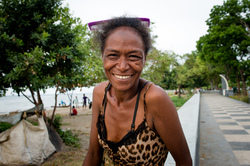
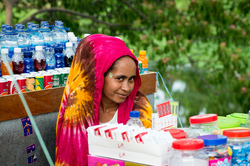
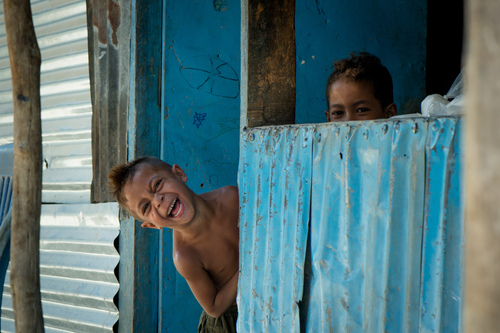
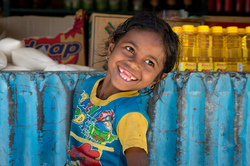
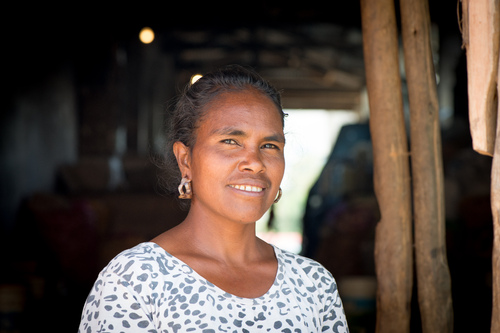
The first generation to be born in Timor Leste and to grow up in freedom is coming of age today. Even a scant five years has been enough to see substantial differences in the faces of the people you see.

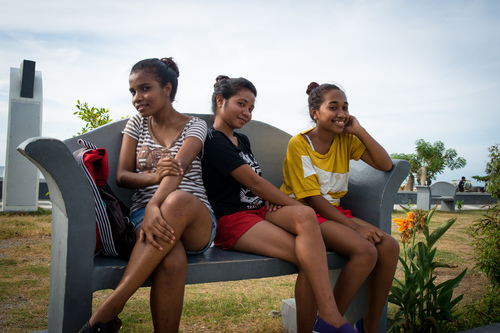

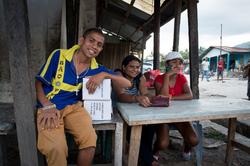

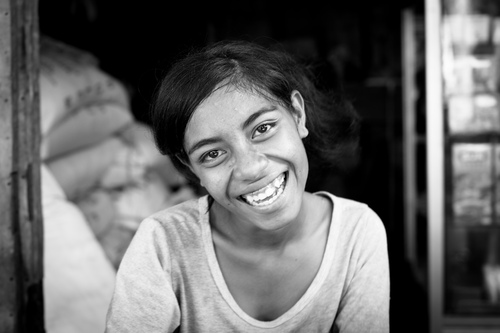
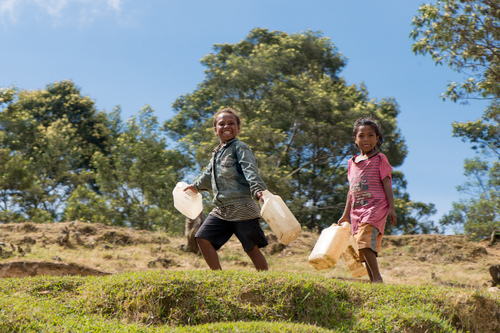
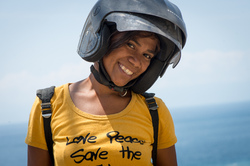
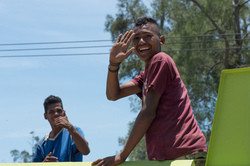

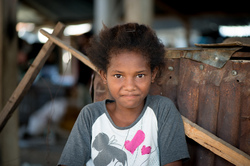
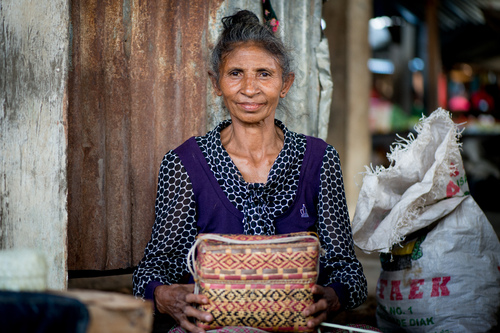
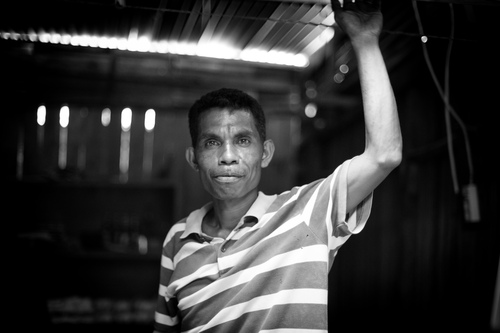

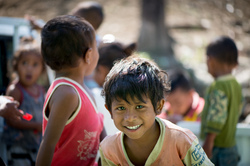
In my last trip to Timor Leste in 2008, I had traveled as far as Lospalos, near the eastern tip of the island nation. This time, I followed in the footsteps of my mate Ben Bohane, destined for Suai, on the Indonesian border. My journey took me into the mountains around Ainaro, then back to Same and finally down along the southern coast to Suai.
It's unscientific, and I might be guilty of seeing what I wanted to see, but the difference was clear to me: This was not the Timor I'd expected. This was certainly not the Timor that so affected my friend and colleague Ben Bohane. In 2008, I met a number of friendly, even garrulous individuals, but most of the time people's expressions were guarded — respectful, courteous almost to the point of caution.
To be sure, I still saw some of this, especially among the older generation...
... and some who had suffered were probably never going to recover.
I was right in front of her, but she never even saw me. I took this shot about 250 metres from the grounds of the Suai cathedral, site of the massacre that affected even the most hardened Timorese. It's easy to imagine that this woman —or someone she knew and loved— was there.
But here's the thing...
This is Suai cathedral today.
These are unposed. I didn't know I'd be writing this when I took these photos. To be honest, I expected a sombre memorial, with ghostly shadows and stark placards to remind us of the ever-present dead. That's what I'd seen in Pnomh Penh, after all.
But Timor's is a more complete revenge. It is a decision to live. To improve, and not to forget, but to remember how to feel, to have peace, and to prosper. It sounds hopelessly sentimental when I say it, but that is what I saw on my last visit. A quiet determination to live a normal life.
That's not to say that existence isn't often hand to mouth...
... The mountain roads are still abysmal ...
... And travel is a continual challenge.
Yes, there are growing inequalities...
... But there is work to be had, even if it's basic labour ...
... And development is reaching even into the remote interior...
... And for the first time, I'm seeing well-fed faces in the villages.
Dan McGarry is Chief Technologist at the Pacific Institute of Public Policy.
Images from 1999 courtesy of Ben Bohane - wakaphotos. Excerpts from the Asiaweek article were taken from Bohane's upcoming book, Song of the Islands.
Will Timor Leste fail? It could do. There could be a succession crisis, there could be violence. The so-called resource curse could strike. But all I can say is this: Show me another post-conflict nation, one whose infrastructure was destroyed root and branch, whose population was decimated twice over.... show me a post-conflict nation, fifteen years down the road, that has progressed further and faster. Show me one that has better prospects for prosperity and peace.